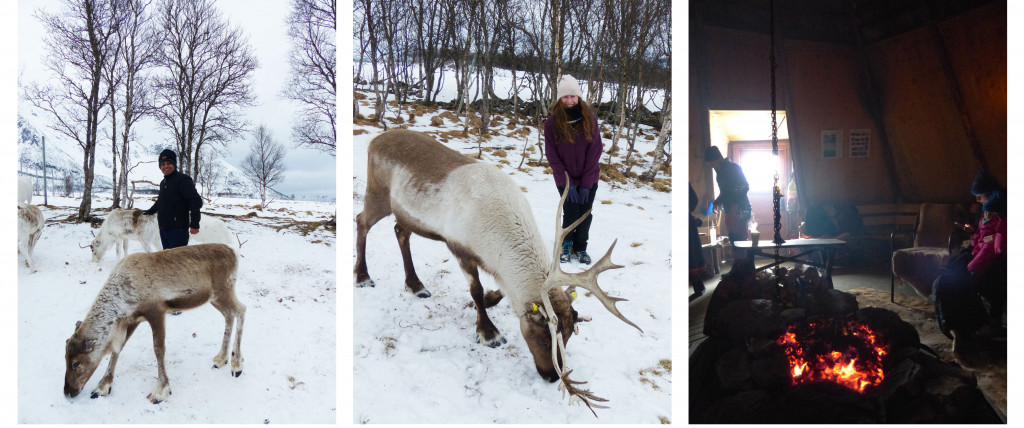MAL-ARIA // BAD-AIR
Upside Down
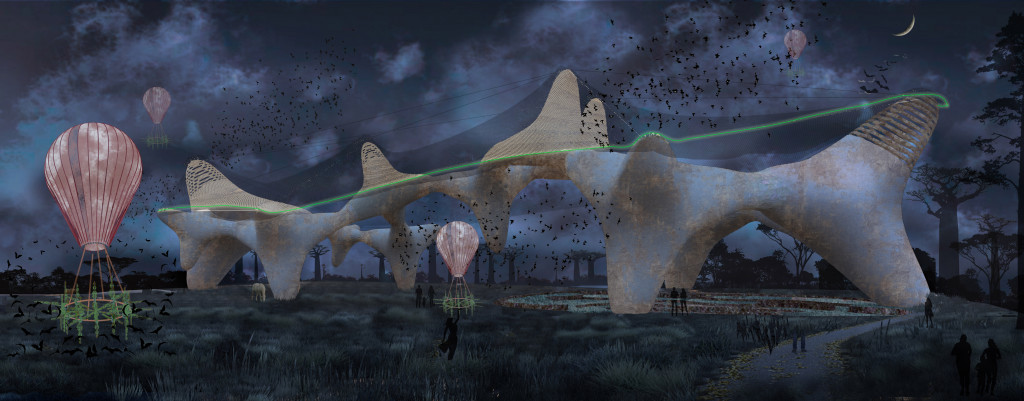
Objective:
To design a post human building bat conservation center for the African Bats Conservation Organization. The building should serve as a research centre for humans and as a playground for the various bat species across Africa. In addition, the building should incorporate aspects of the device designed in the previous semester.
Learning from the Field Trip:
The life of the Sami people revolves around the life of a reindeer. They are their source of income, their clothing and their livelihood. In Norway, reindeer are protected and have the freedom to wander wherever they please, even into your garden. The Sami are able to stop buildings being built in if they are located in areas where their reindeer go. Essentially, the reindeer are in charge of what happen and the Sami follow them and respect them. The project aims to install a similar respect for bats as the Sami have for their reindeer.
Client:
The Vision:
“To have a functioning, integrated program for education, capacity building, research and management for the conservation of bat populations in Africa.” (African Bats NPC).
In Africa, bats are percieved as evil and considered to be part of dark magic. African Bats aims to teach people the benefits of bats and to show that they are not evil. Furthermore, little is know about certain species and therefore they aim to learn more about the species. Programs are run to educate the locals and to help with the research.

Location:
Until this point the focus has been the agricultural land in Sub Saharan Africa; however, for the building we decided to choose a more specific site. Analysing factors including soil degradation, rural population and levels of Malaria, the site is narrowed down to Tanzania. This is a country that relies on its agricultural industry, yet it has the third largest population that is affected by Malaria. Another aspect to consider in choosing the site is the number of conservation areas. African Bats is particularly interested in what happens to bats between conservation zones.

Precedents:
Three key precedents were considered when designing the project. The first, Black Cloud by Amid Cero9, a building where humans and animal coexist. The second, Bat Cloud by Joyce Hwang, a project that looks at creating an ecosystem using bats. Finally, Lærdal Tunnel, a 24,5 km tunnel in Norway that explores tricking the human mind with neon light.

Bat Parameters:
Designing for bats primarily means that there are other parameters to consider. These include bat behaviours and flight patterns, temperature and humidity levels as well as echolocation in terms of form and materiality.
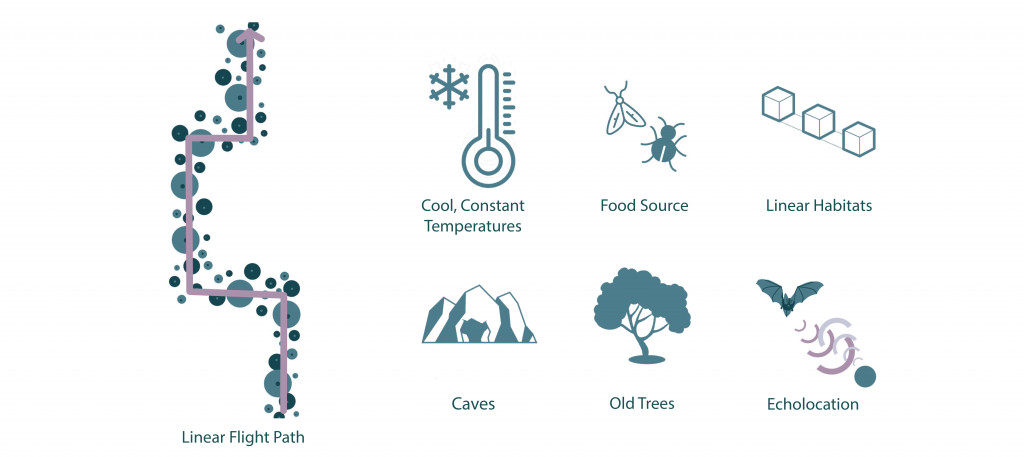
Key Design Drivers:
Light: As explored in the device part of the studio, light can be used as a signal depending on the colour. Where necessary, green light will be used to help the bats navigate and avoid crashing into the structure. Devices will also be floating around the site. As bats like the dark, the building will be completely dark inside. To trick the human brain into feeling like it is daytime, neon lights will be used to light up the spaces where the humans are working. This can be seen in projects like Split Time Cafe by Philippe Rahm. .

Wind and Water: To create the optimum environment for the bats, the wind will be used to control the levels of humidity with the use of dew condensers. Water will be collected in the building as seen below and also in the ground. These holes in the ground are dew condensers.
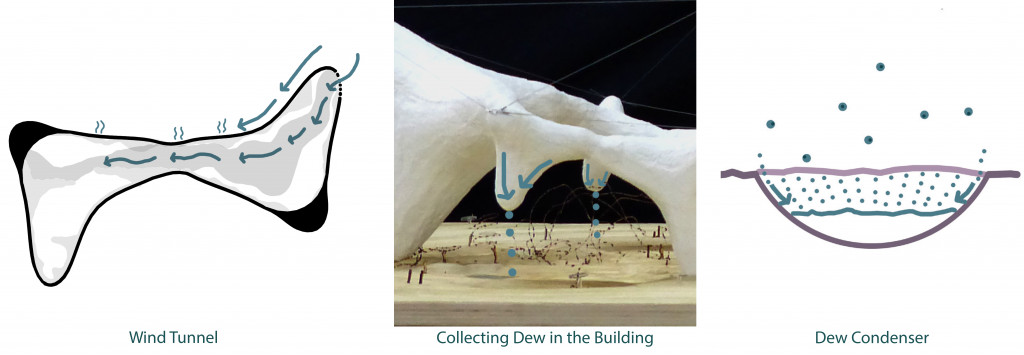
Plants: Plants are a crucial part of the ecosystem for attracting insects and protecting the building in some cases. There are two main courtyards. The first will be used primarily to grow fruit and vegetables for those that work there, and the second will be to grow plants that can be pollinated by bats. There are some plants, especially trees whom have adapted themselves to be pollinated by bats. Also, bat guano can be used to fertilize the ground.

Structure:
The pods are the form of a tetrapod. This form is considered to be one of the strongest forms and therefore it was chosen. Very few of the tetrapods touch the ground giving the illusion of a very lightweight shell structure. These tetrapods will then be connected with steel cables to make them more secure and stable, before covering it with a skin, providing an extra barrier between the sun and structure. The skin will be made from Sisal fibre, a fibre that is farmed across Tanzania.
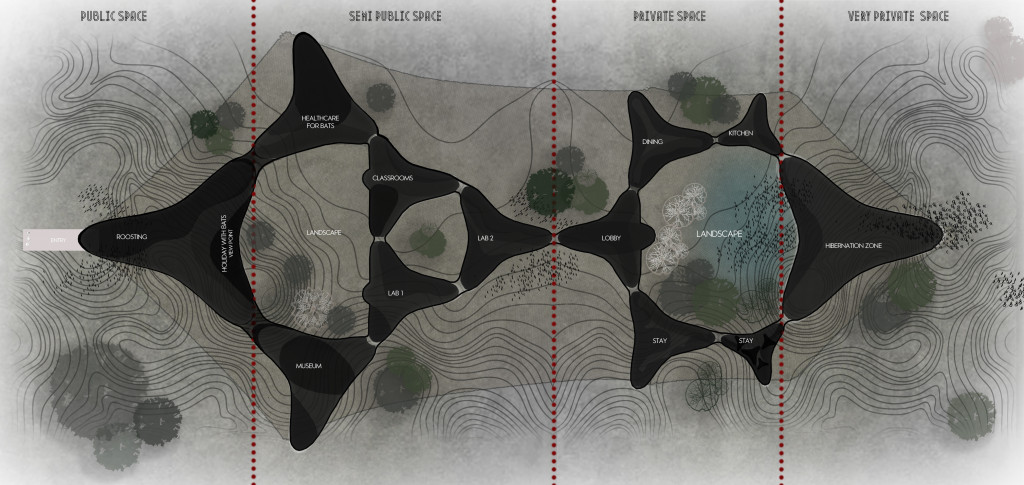
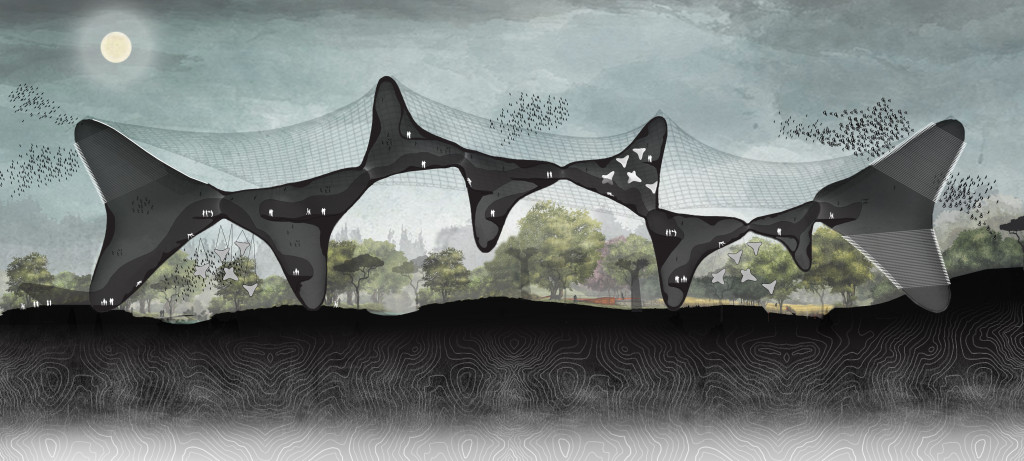
Construction:
For the construction process the ground will be used as the formwork and material. The holes left over from the formwork can be given other uses such as water bodies.
1. Construction begins with digger and man power.
2. Next, a hole is dug by the digger to the approximate size of the tetrapod piece (1 out of 3 pieces).
3. Construction workers then smooth out and make the form more accurate by hand,
4. A steel mesh is placed following the form for extra reinforcement.
5. A mixture of earth that was dug out and Portland cement is mixed to create Poured Earth.
6. Using steel cables, villagers and construction works pull the piece out of the mould.
7. When 3 pieces have been, they are assembled with steel plates. This may not be perfect but can create openings for the bats and other creatures.
8. Finally, when the tetrapod is formed, villagers and construction workers pull the form up and secure using cables.

Only once the tetrapods are in place with the cables will the skin be attached.
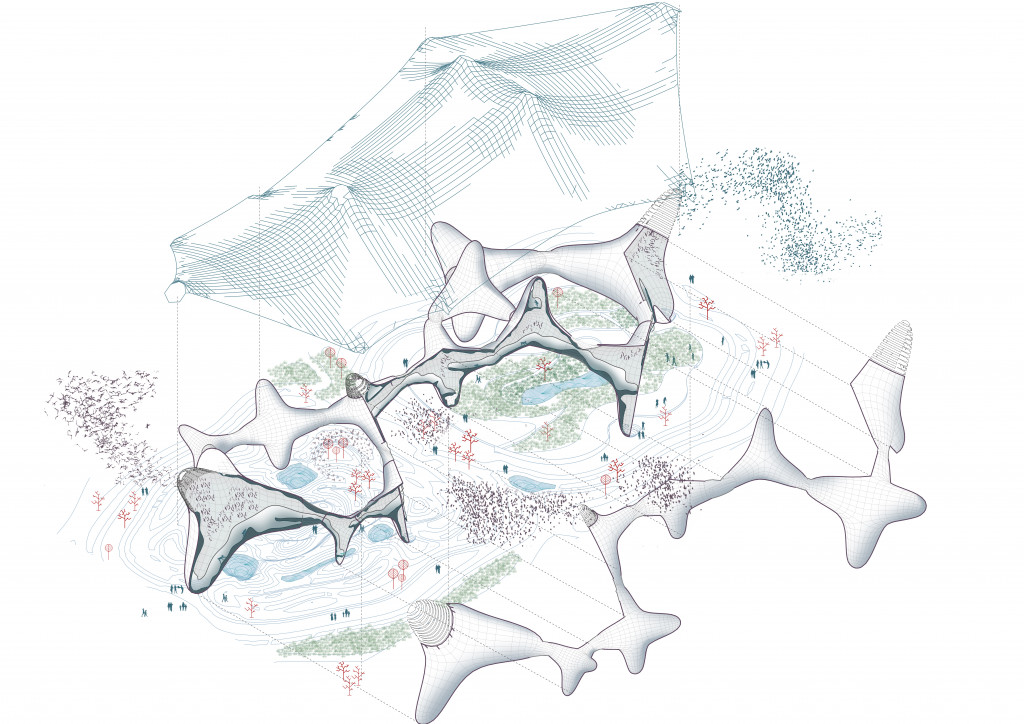
Looking to the Future:
By educating people about the benefits of living side by side with an animal people regard as a pest, we believe will change people’s perception. Living side by side with bats will bring many benefits to both the human and also to the land.
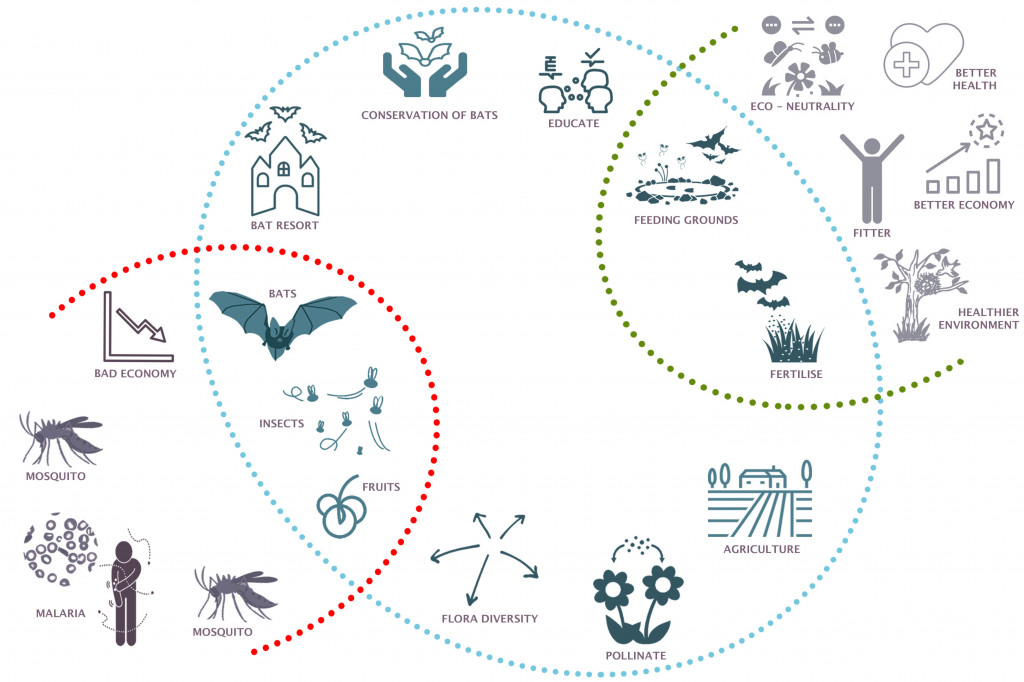
Furthermore, the form also allows for expansion and it is envisaged that these structures could appear all over Africa.
Model Photos:
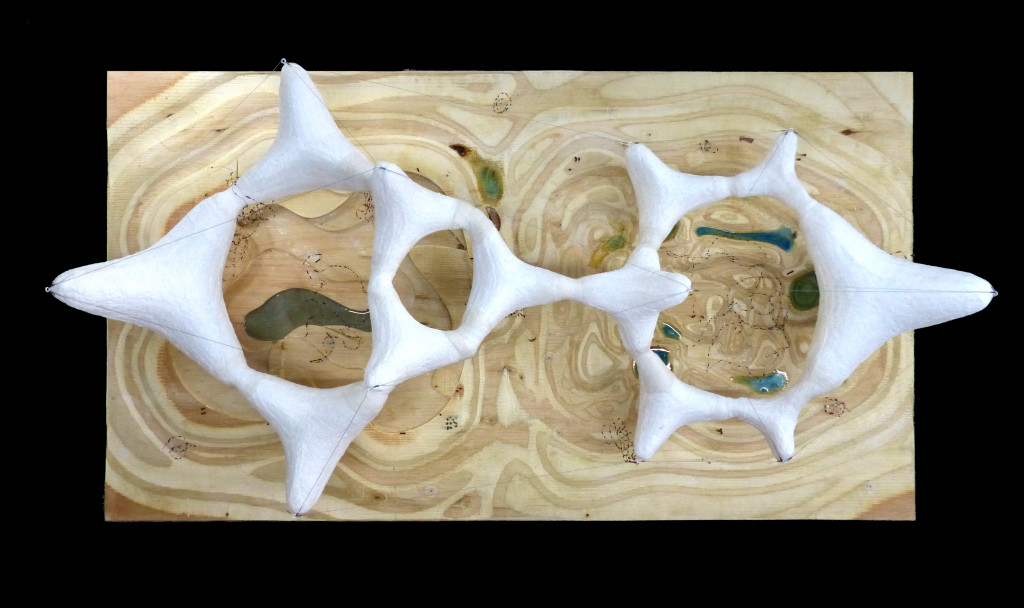
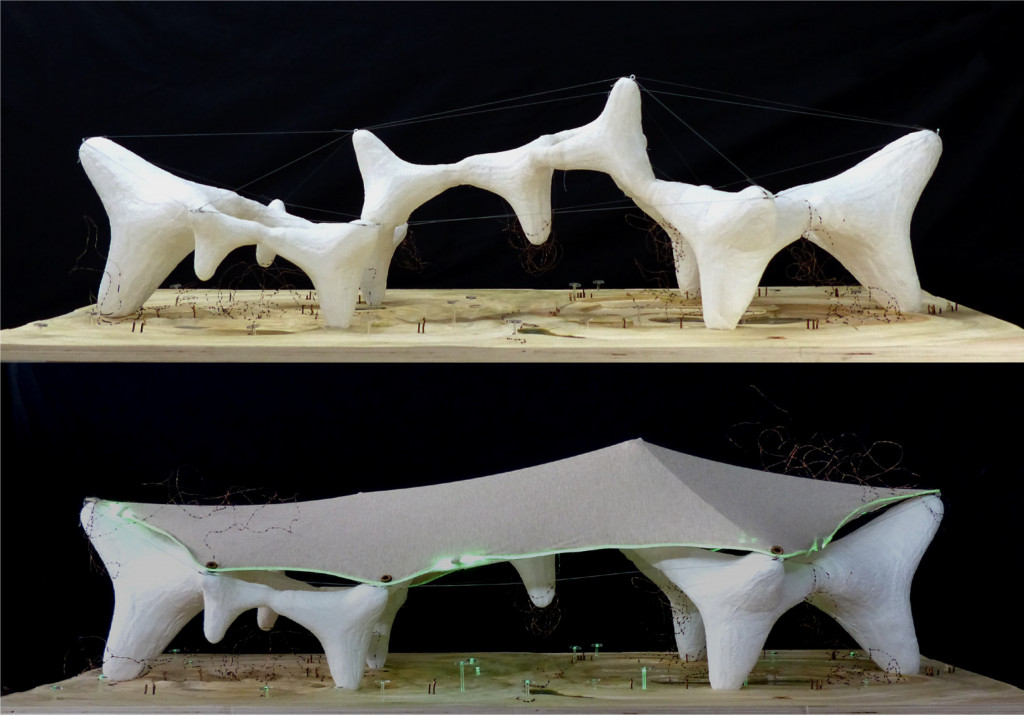
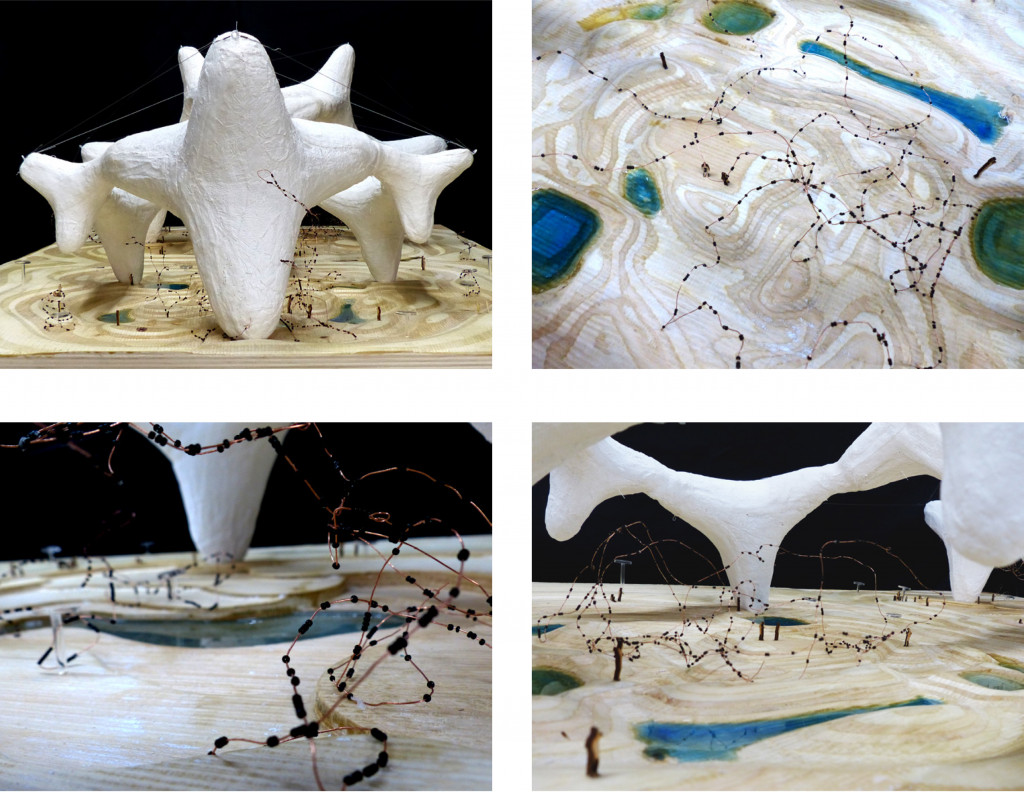
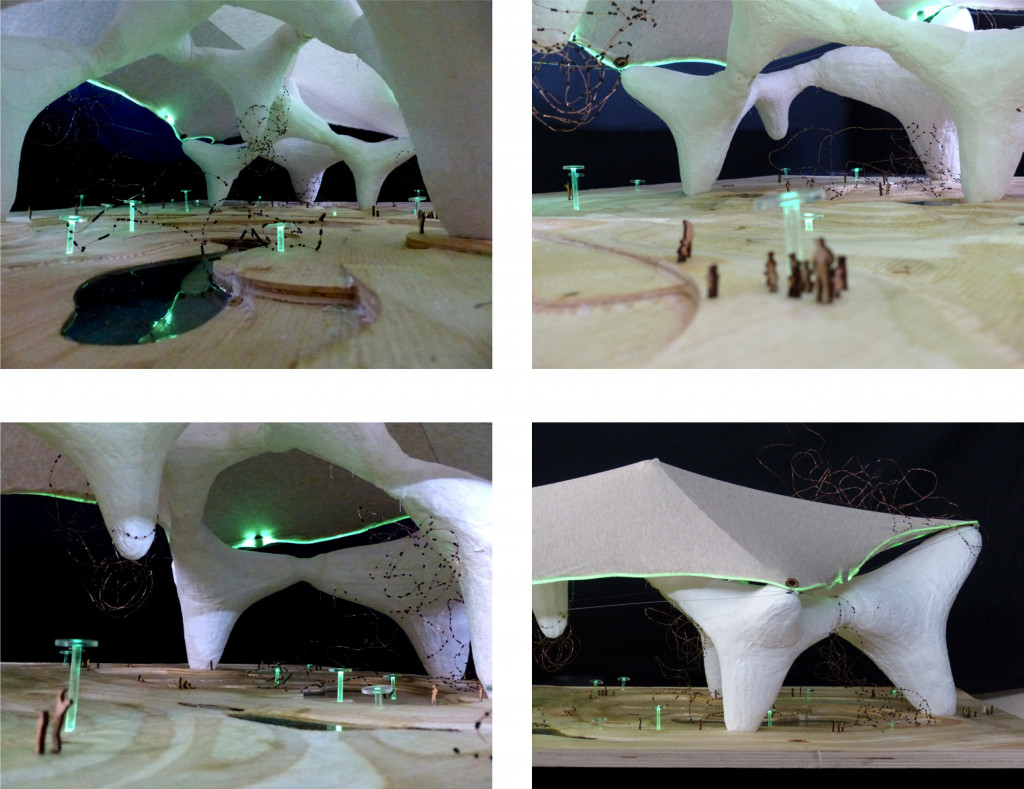
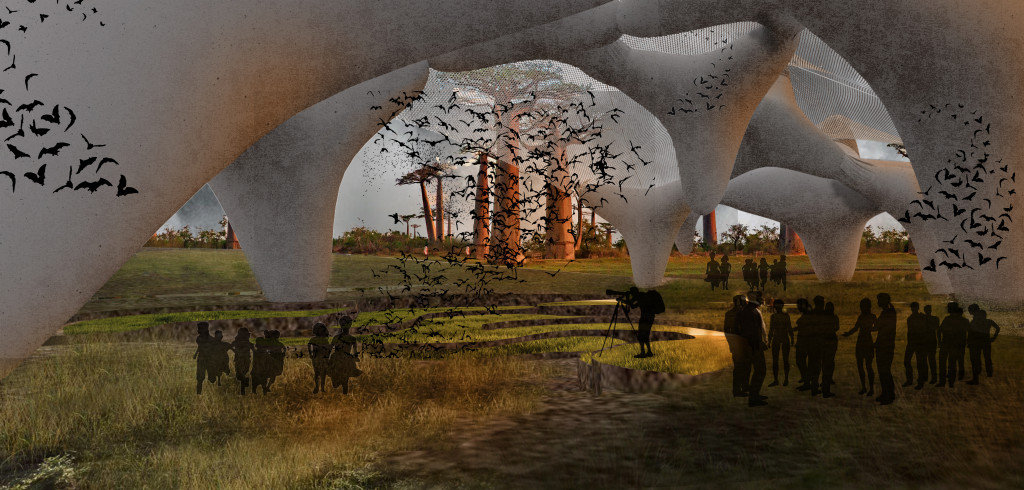
MAL-ARIA // BAD-AIR is a project of IaaC, Institute for Advanced Architecture of Catalonia developed at Master in Advanced Architecture, in 2018/2019 by:
Students: Ashwin Varma Dandu, Fiona Demeur, Abhay Devidas, Haresh Ragunathan
Faculty: Enric Ruiz Geli, Josep Perello, Mireia Luzarraga,and Alejandro Muino
Support: Mohamad Rachid Jalloul and Francois Nour
